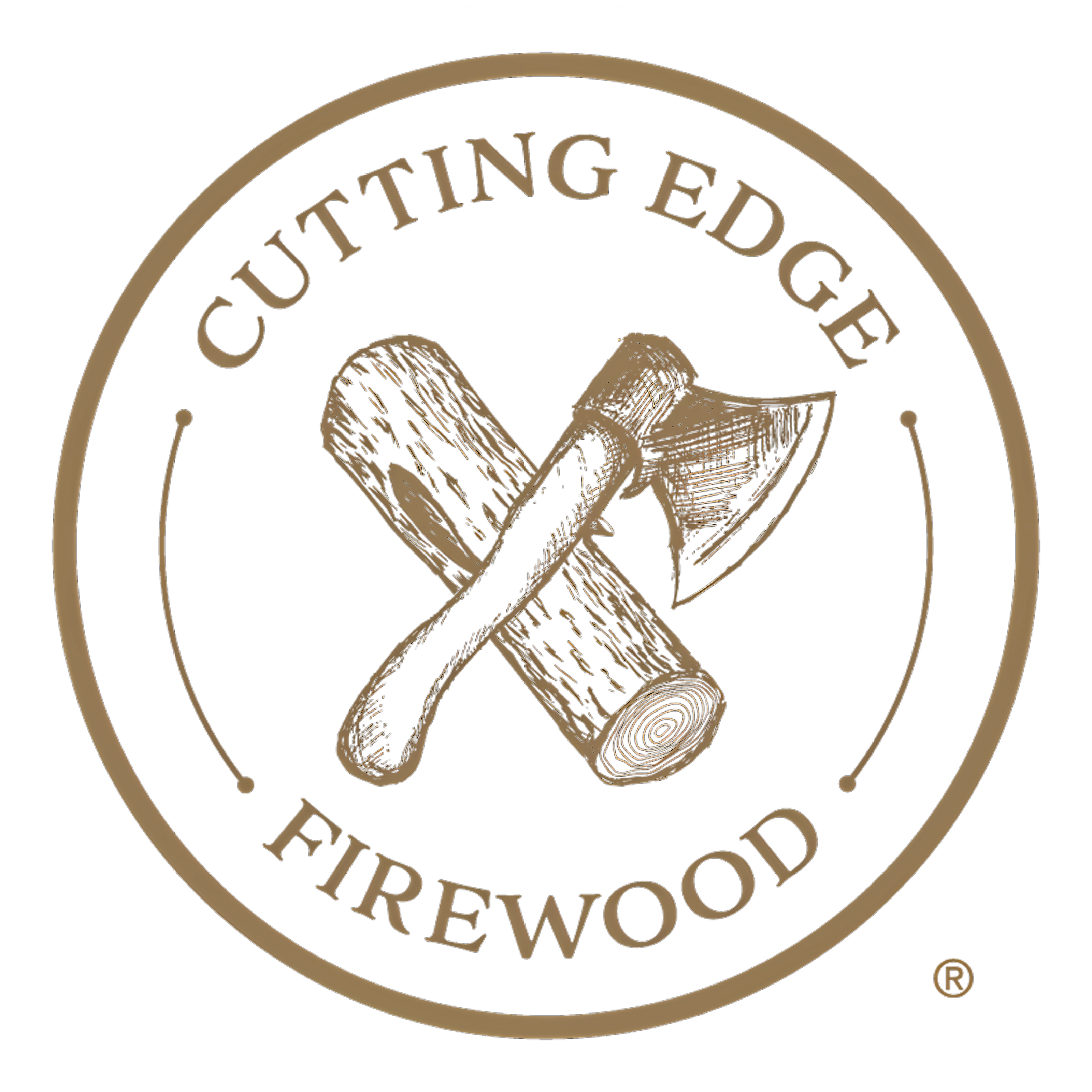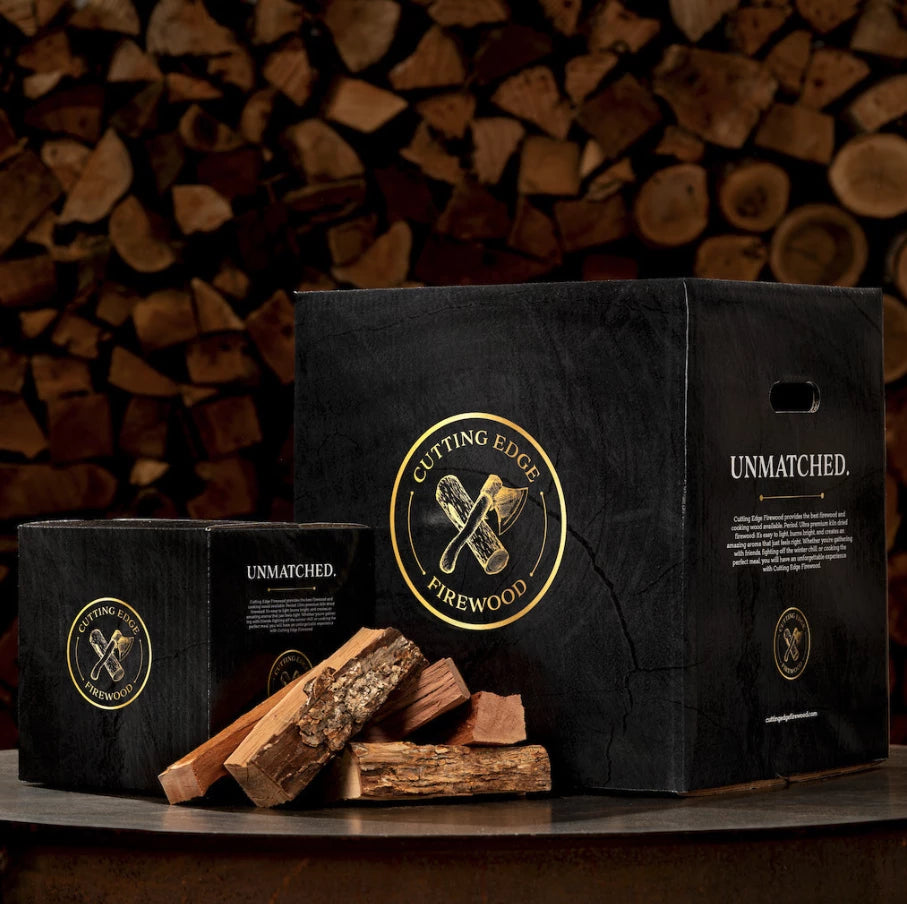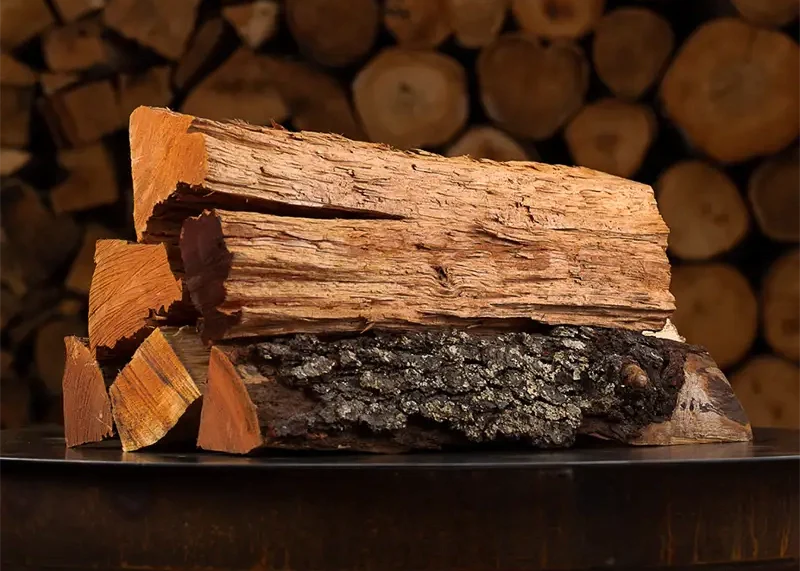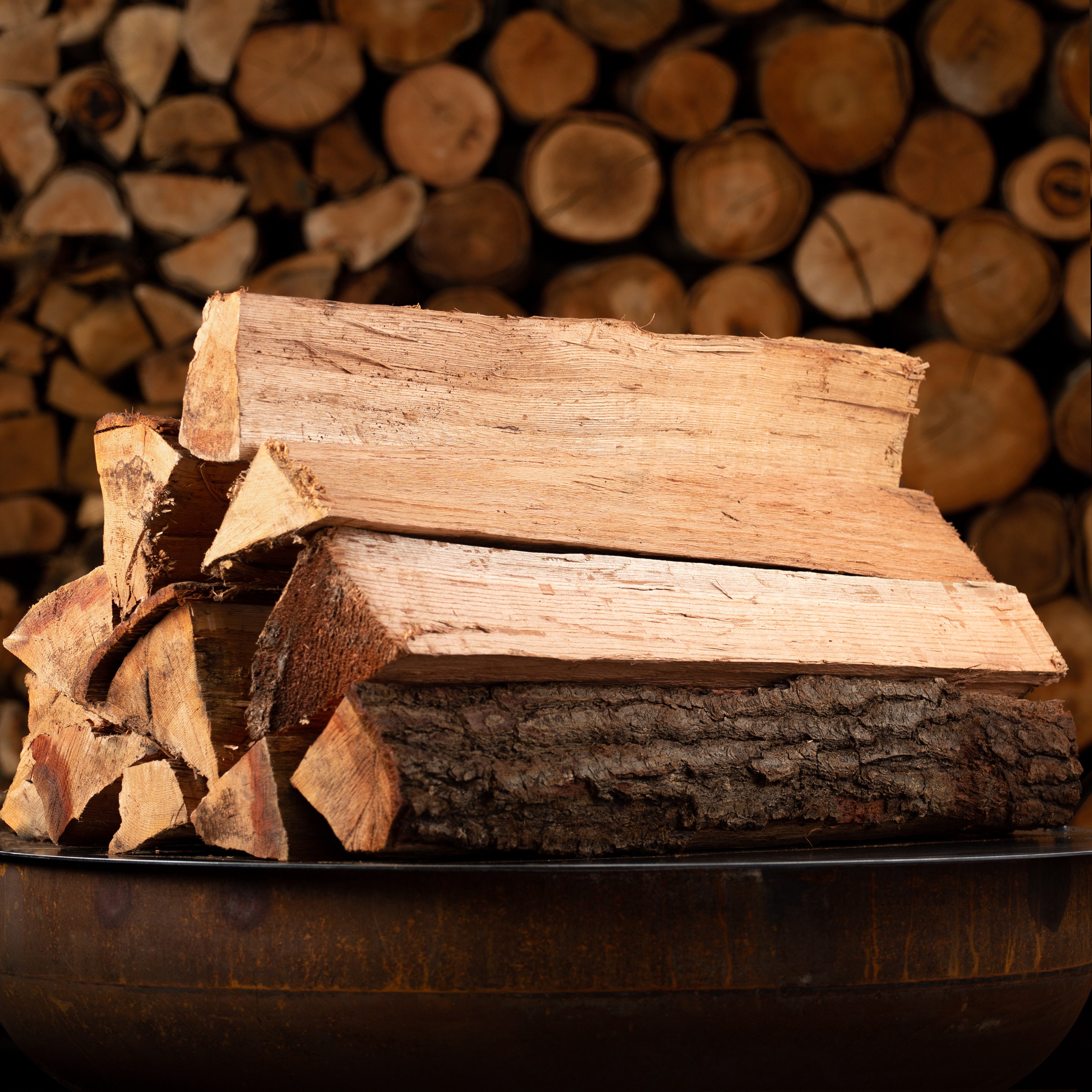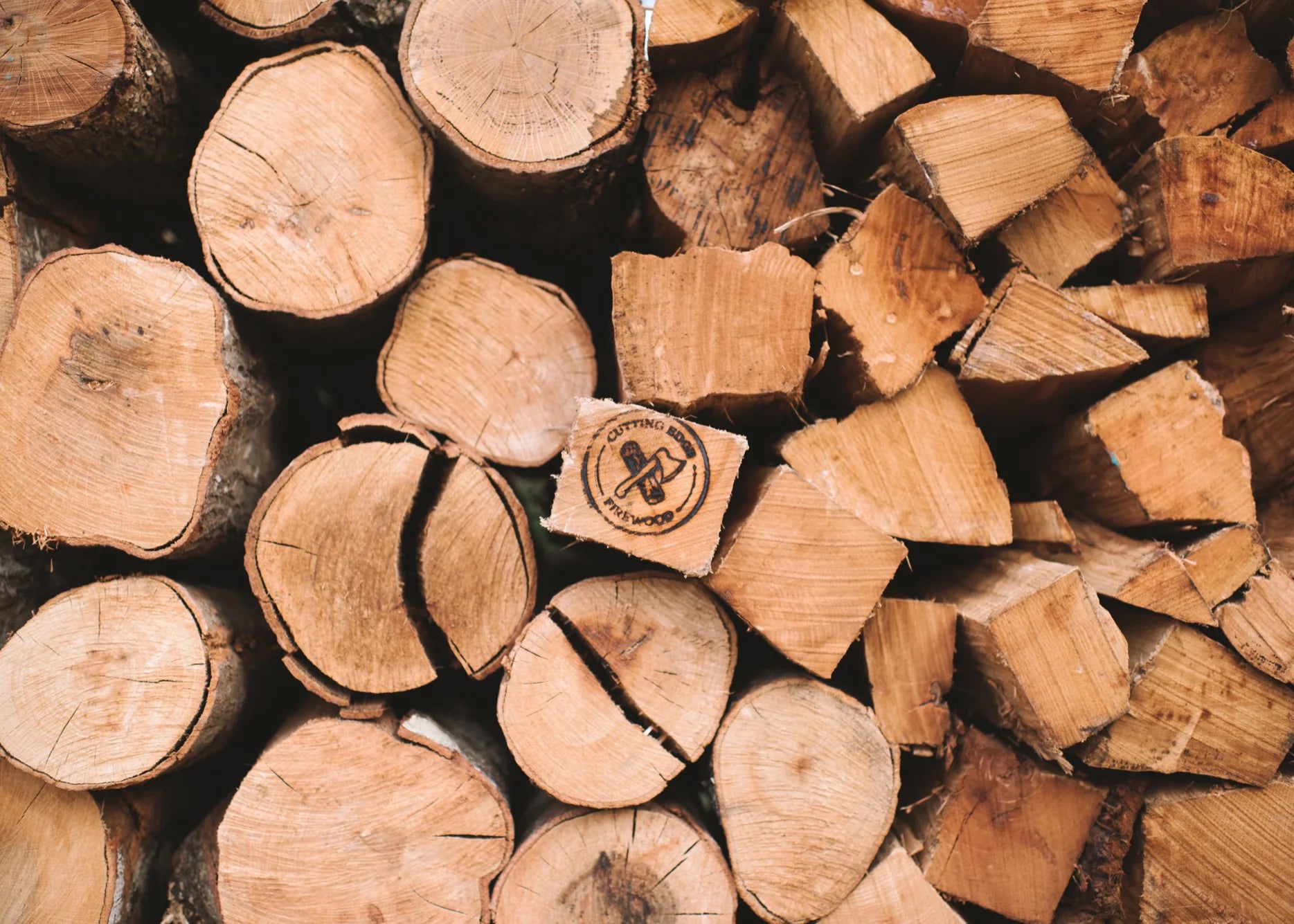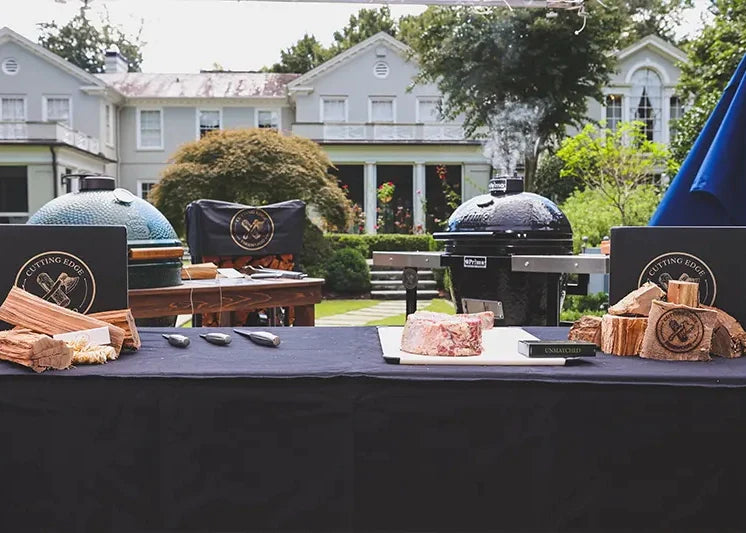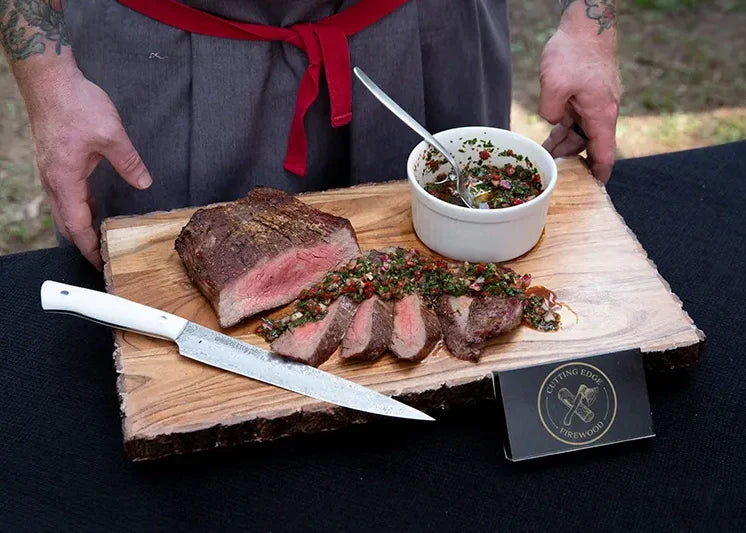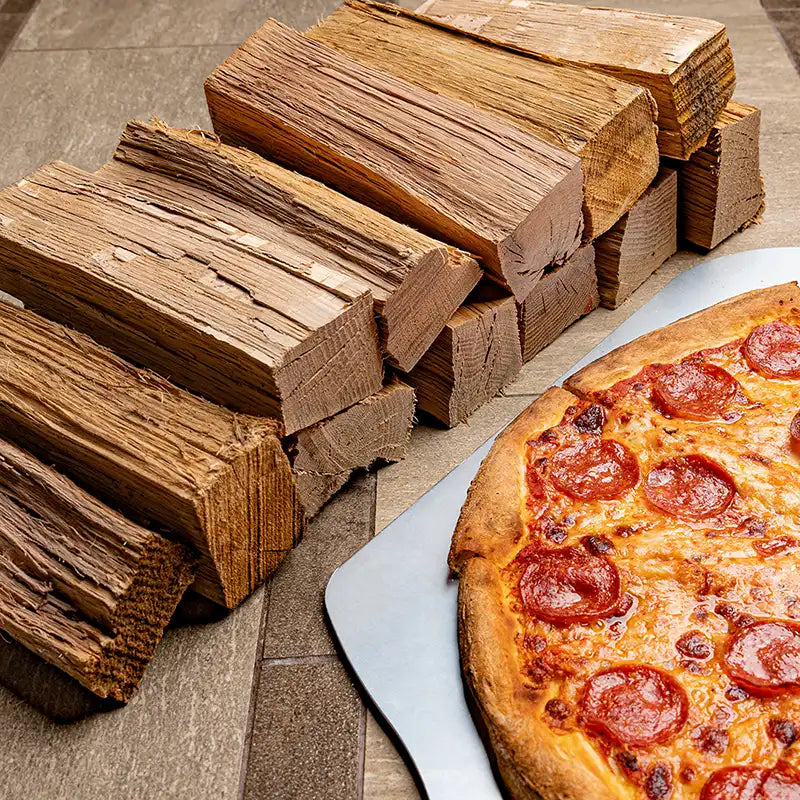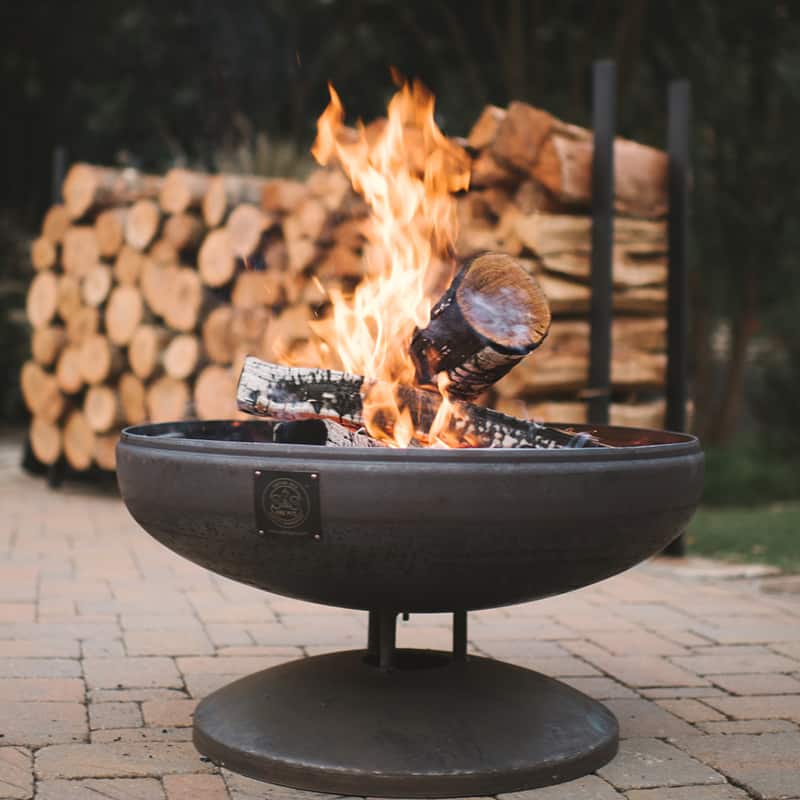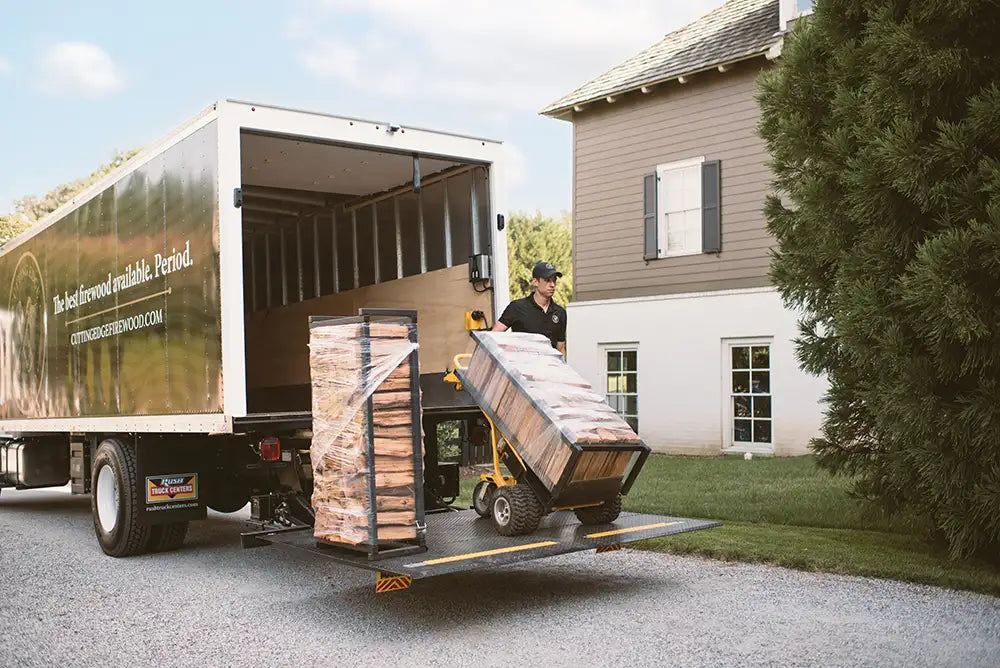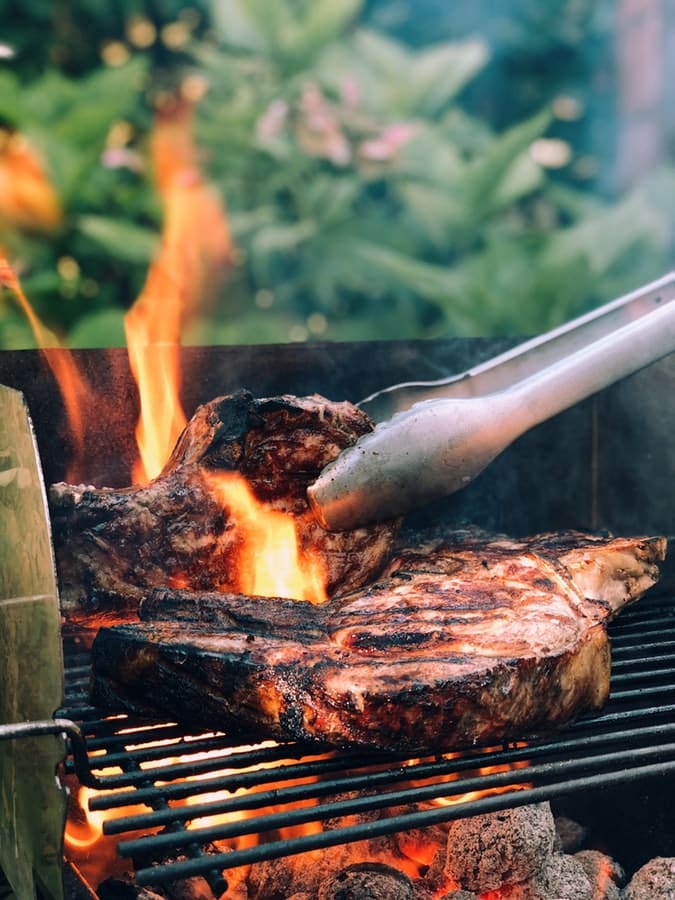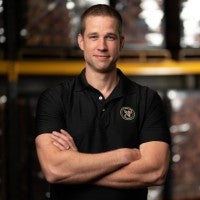Grilling is a popular way to cook steaks, hamburgers, pork chops and chicken because of its ability to sear the exterior of meat. When you grill meat, the heat from the burning charcoal or wood will sear the exterior, thereby preventing the meat's flavorful juices from escaping. For this to occur, however, your grill must first achieve an appropriate temperature. If it's not hot enough, you won't be able to create a seared exterior on your meat, which can negatively affect both the flavor and texture of your meat.
How Hot Should My Grill Get?
Most grills should reach a surface temperature of approximately 500 to 1,000 degrees Fahrenheit. In other words, if you shine a laser thermometer directly on the cooking grate, it should read between 500 to 1,000 degrees Fahrenheit. At this temperature, you'll be able to grill delicious meats with a charred exterior and juicy interior.
Keep in mind that the temperature of your burning charcoal or wood will likely be higher than 1,000 degrees Fahrenheit. It's not uncommon for burning charcoal or wood to reach 2,000 to 3,000 degrees Fahrenheit. But your meat won't be exposed directly to the fire. Because cooking grates are typically placed several inches over the fire, your meat will cook at a lower temperature.
Help! My Grill Isn't Getting Hot
If your grill isn't getting hot, you'll need to turn up the temperature so that you can cook deliciously grilled meat. On a gas grill, you can adjust the temperature by turning a knob for the respective burner. Charcoal grills don't offer temperature control knobs or buttons, though. With that said, there are still several ways to turn up the heat with your charcoal grill.
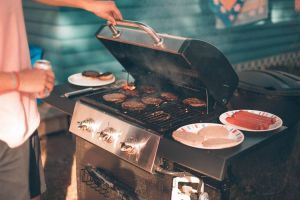
Use a Cast Iron Grate
The type of metal your grill's grate is made of will affect the temperature at which your meat cooks. Most grill grates are made of either steel or cast iron. While steel grates usually cost less, they don't offer the same heat retention properties as cast iron grates. Cast iron has high thermal conductivity properties, meaning it's able to absorb and hold heat better than other metals like steel. Therefore, you can make your grill hotter by switching from a steel grate to a cast iron grate. Just remember to choose a cast iron grate in an appropriate size for your grill.
Lower the Grate
In addition to using a cast iron grate, you can also make your grill hotter by lowering the grate. The higher the grate, the lower the temperature at which your meat will cook. By shortening the distance between your meat and the fire, you'll achieve a higher cooking temperature. Of course, not all grills offer adjustable heights for the cooking grate. But if your grill features an adjustable height for the grate, try lowering it until it's about 1 inch from the fire.
Use Lump Charcoal
Another way to make your grill hotter is to use lump charcoal rather than charcoal briquettes. Lump charcoal consists of large blocks of almost-pure carbon. In comparison, charcoal briquettes are made of burned sawdust and other particles held together with a binding agent. While similar in size, lump charcoal offers the highest level of performance when grilling. It burns hotter, cleaner and produces less ash than charcoal briquettes. By using lump charcoal, you'll create a hot fire that's perfect for grilling meat.
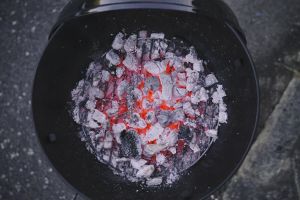
Use Kiln Dried Wood
If you're going to use wood for added flavor, choose kiln dried wood for the hottest temperature. All wood contains moisture in its pores, but some wood contains significantly more moisture than others. When wood is first harvested from a tree, it may have a moisture content of 100% or higher. At 100%, half the wood's weight comes from moisture. As a result, it's difficult to light, and even if you're able to light it, the wood won't burn very hot.
Kiln dried wood, however, burns hot because of its low moisture content. When wood is kiln dried, it's placed inside a large drying oven known as a kiln. While inside the kiln, moisture is forced out from the wood's pores. The end result is kiln dried wood that's easy to light and burns hot. Choosing kiln dried wood rather than fresh, green or air dried wood will allow you to grill food using more heat.
Keep the Lid Closed
When using your grill, keep the lid closed so that the heat remains trapped inside. It's not uncommon for pitmasters to open the lid every few minutes to check their meat as it grills. Each time you open the lid, though, heat will escape from inside your grill. So, if you're struggling to achieve a surface temperature of 500 to 1,000 degrees Fahrenheit, leave the lid closed. After adding your meat to the grate, close the lid and don't open it again until you need to flip your meat.
You'll still have to open the lid when you flip your meat -- and that's okay. As long as you closely shortly after, and keep it closed, it shouldn't have a noticeable impact on your grill's temperature.
Open the Dampers
While you should keep your grill's lid closed, it's recommended that open the dampers. Dampers, of course, are the adjustable air vents on your grill. On charcoal grills, there are usually two dampers. One damper is located on top of the lid, whereas the other damper is located on the bottom section of the grill. The purpose of these dampers is to provide greater control over the grill's temperature. When the dampers are closed, air isn't able to enter the grill's fuel compartment. And without fresh air, the fire will eventually die.
When the dampers are open, on the other hand, the fire will pull in fresh air, thus allowing the charcoal or wood to burn at a hotter temperature. Fresh air acts as fuel by providing the burning wood or charcoal with additional oxygen. As the oxygen feeds the fire, your grill will become hotter. So, remember to open the dampers to achieve the hottest temperature when grilling.
Don't Block Dampers With Charcoal or Wood
Use caution when adding charcoal or wood to your grill to ensure that you don't accidentally block the dampers. As previously mentioned, most charcoal grills have a damper at the bottom. Because this damper is located around the fuel compartment, charcoal or wood may obstruct it. Therefore, you should position your charcoal or wood away from the damper. Ideally, there should be at least 1 inch of space between the charcoal or wood and the damper. If it's any closer to the damper, it may obstruct airflow, resulting in a lower grilling temperature.
Add Food Directly Over Coals
Whether you use charcoal, kiln dried wood or both, place your meat directly over the coals to achieve the hottest cooking temperature. If you place your meat to the left or right side of the grate -- where it's not directly over the fire -- it probably won't get hot enough to sear the exterior. By placing your meat directly over the fire, you can avoid the headaches associated with low grilling temperatures.
Don't let your grilling activities suffer because of low heat. Invest in a Primo Oval All-in-One today for all your grilling and smoking needs.
